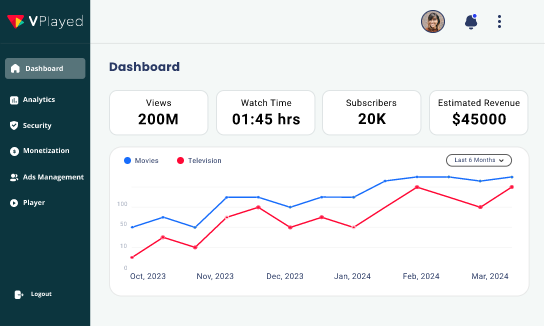Start and Grow Your VOD Streaming Platform With 1000+ Features & 10+ Revenue Models.
Request a Free DemoVOD Vs OTT Streaming: What’s The Difference?
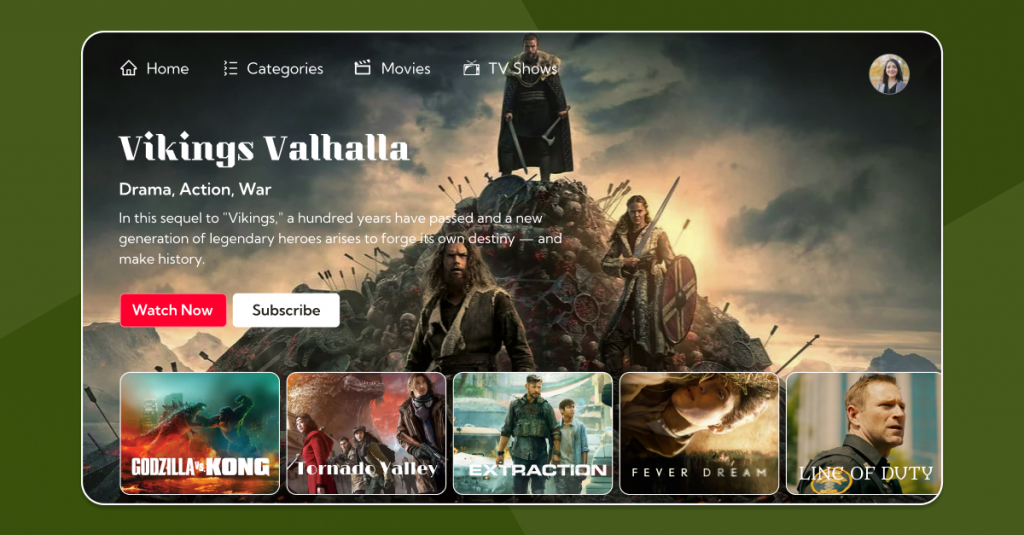
We have come a long way from satellite television—choosing what we want to watch and moving away from pre-scheduled shows.
VOD and OTT have been a great boon, as we no longer have to miss the broadcasts of our favorite shows, games, movies, and more.
On-demand videos have progressed so much over the years that the lines between VOD and OTT have become increasingly blurred.
Wait, OTT Vs VOD aren’t the same?
Yes, they are different streaming services. OTT and VOD have been used so interchangeably over the years that it has become difficult to distinguish between the two.
In fact, some OTT apps and video-on-demand platforms switch between VOD and OTT so often that we have lost track.
- Fully Customizable
- Lifetime Ownership
- On-Premise/On-Cloud
- 100% White-label
- Zero Revenue Share
- Hire Developers
Table of Contents
What is Video On Demand?
Video on Demand (VOD) is a technology that delivers video content such as movies, TV shows, or educational videos directly to viewers for instant, on-demand access.
Gone are the days of rushing home to catch a scheduled episode or staying up late for reruns. With VOD, the wait is over.
Today’s top video-on-demand platforms allow users to stream or download content over the internet. While streaming, the video plays while simultaneously downloading in real-time; offering uninterrupted viewing.
This flexibility allows you to:
- Watch what you want
- When you want
- From wherever you choose
Whether it is streaming video on demand from the internet, downloaded files, or satellite-based on-demand content, the experience is personalized and immediate.
Take YouTube, for example—a leading VOD platform that lets you play any video at your convenience.
Moreover, when you build VOD website, it doesn’t just benefit viewers; it helps creators & media companies too, giving them time to plan, produce, and publish polished, high-quality content for their audience.
____________________________________________________
✨Read Also: What Is Video Streaming & How Does Video Streaming Work? ✨
___________________________________________________
How Does Video On Demand (VOD) Work?
Video on Demand (VOD) works by storing video content on a central server. Viewers can access this content via the internet, either by streaming it live or downloading it to watch later.
Unlike traditional TV where content follows a schedule, VOD lets users watch videos at their own pace, giving them full control over their viewing experience.
This is especially useful when content is available without waiting for a specific time slot – no more waiting for the broadcaster’s schedule.

Here is a quick rundown of how VOD works:
- Users browse through a video library on a VOD platform.
- Once a video is selected, it is streamed from the server to the user’s device.
- The content is compressed, transmitted via broadband and then decompressed on the user’s end for smooth playback.
In short, VOD is a flexible media distribution system that gives users the freedom to watch content on their own time, across devices like smartphones, smart TVs, tablets or computers.
While it is similar to OTT streaming, VOD focuses on content availability and convenience rather than live broadcasts.
Advantages Of Video On Demand
- With the invention of videos in this era, people tune-in to have their showtime by watching more and surfing less.
- VOD has changed this outlook by not only watch content of their preferences, but also allow to download or record shows to have later options of watching
- VOD is associated with any kind of video content when you push play without any need for physical DVD or player for initiating the process .
Cons of Video On Demand
- With so much content on VOD, users might get overwhelmed trying to choose what to watch next.
- High-quality streaming needs strong internet connection, or else the viewing gets disturbed with buffering.
- Some VOD services come with regional restrictions that limit global access for certain videos.
The next question arises: Is Netflix in the category of OTT or VOD? Let me tell you—it’s more aligned with on-demand platforms and is widely recognized as one of the best video streaming services, as it focuses on a content consumption model rather than a distribution model.
What is OTT Streaming?
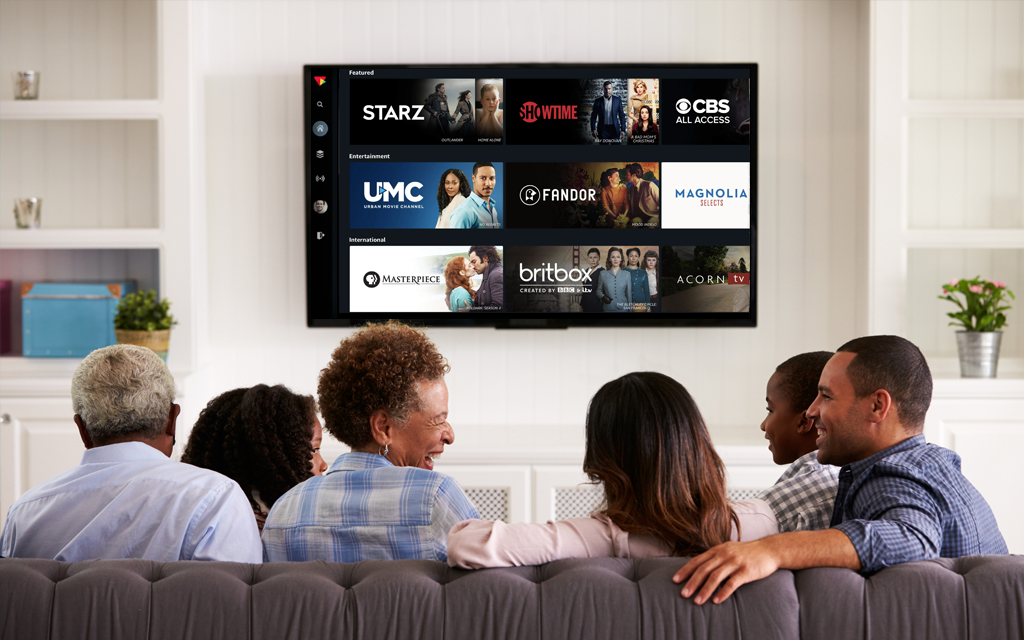
OTT (Over-the-Top) streaming is the way to stream video and audio content online without relying on traditional cable or satellite TV providers.
These services allow you to stream anytime, anywhere using devices like smartphones, smart TVs, tablets and computers.
Unlike traditional broadcasting, OTT platforms don’t have closed networks so you can choose what you want to watch and when.
While OTT is known for video streaming, it also includes other internet based services like VoIP calls, messaging apps and audio content. Think about Netflix, Amazon Prime Video, Hulu, WhatsApp and Skype.
OTT and VOD often overlap, but there is a subtle difference:
- OTT is the delivery method; streaming content over the internet.
- VOD (Video on Demand) refers to content users can watch at their convenience.
In short, OTT platforms allow viewers to access on-demand videos, live streams, or entire content libraries without needing a cable subscription. All it takes is an internet connection and a compatible device.
How Does OTT Work?
When people search what is OTT streaming, it is abbreviated as over-the-top where services by media outlets deliver various kinds of streaming on a daily basis which wasn’t the case before.
The broadcasts in OTT are delivered over the internet versus traditional cable & satellite services. best video streaming platforms such as Netflix, Hulu, Sling, Disney+ define this wide platform.
Over-the-top is the next best choice since broadcasting gets cheaper for businesses and they are restricted to a certain time of streaming, in which consumers cannot access once the real-time stream gets over.
Looking To Build Your Own VOD Platform?
Start and Grow Your Video Streaming Service With 1000+ Features & 10+ Revenue Models.
 Highly Customizable
Highly Customizable Life Time Ownership
Life Time Ownership Own 100% of Your Revenue
Own 100% of Your Revenue
 Full-Branding Freedom
Full-Branding Freedom
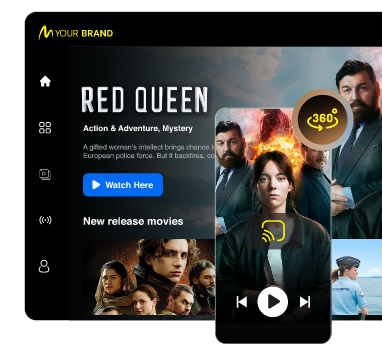
Advantages Of OTT
- Online Video Platform are quite specific in terms of requirements that they provide. Their way of working in efficient system of video playback gives better streaming quality
- Moreover, the biggest difference between OTT and VOD comes into play when you know they aren’t providing only video content but also offer audio broadcasts like podcasts.
- Specially, when you watch a movie from any top online video platforms, you’re not bound to download those files, rather enjoy every bit of streaming right from start to finish
Cons of OTT
- OTT platforms require continuous internet connection to function smoothly without any interruptions.
- Since OTT content is often global, content licensing might cause sudden unavailability of shows in your region.
- Not all OTT services are free, and premium plans can cost more over time compared to traditional TV.
Also, in the upcoming segments where OTT and VOD major differences are sketched in detail.
One cannot ignore the significant aspect of transmitting data that gets common between the two in contrast to traditional or cable TV networks.
Types Of VOD Monetization Models
There are many monetization models which are leveraged by many broadcasters where most efforts fall under these primary categories: AVOD, SVOD & TVOD.
While knowing that all of them have their own set of pros and cons in each, your business life cycle may change over time depending upon the nature of business, circumstances led by the progression of the video OTT industry & many other factors.
Here are those edged on a brief note for you:
Subscription Video On Demand (SVOD)

SVOD is stands for subscription video on demand, and it is also known as subscription VOD.
Many consumers have taken up SVOD business monetization model, especially after the lockdown across the globe.
Most content creators having subscription video on demand platforms monetize their content by offering monthly and yearly subscriptions for eg: Amazon Prime, Netflix, Hulu, YouTube Premium, and more.
These are mostly ad-free, and you can stream your videos without the hassle of sitting through advertisement breaks.
Transactional Video on Demand (TVOD)
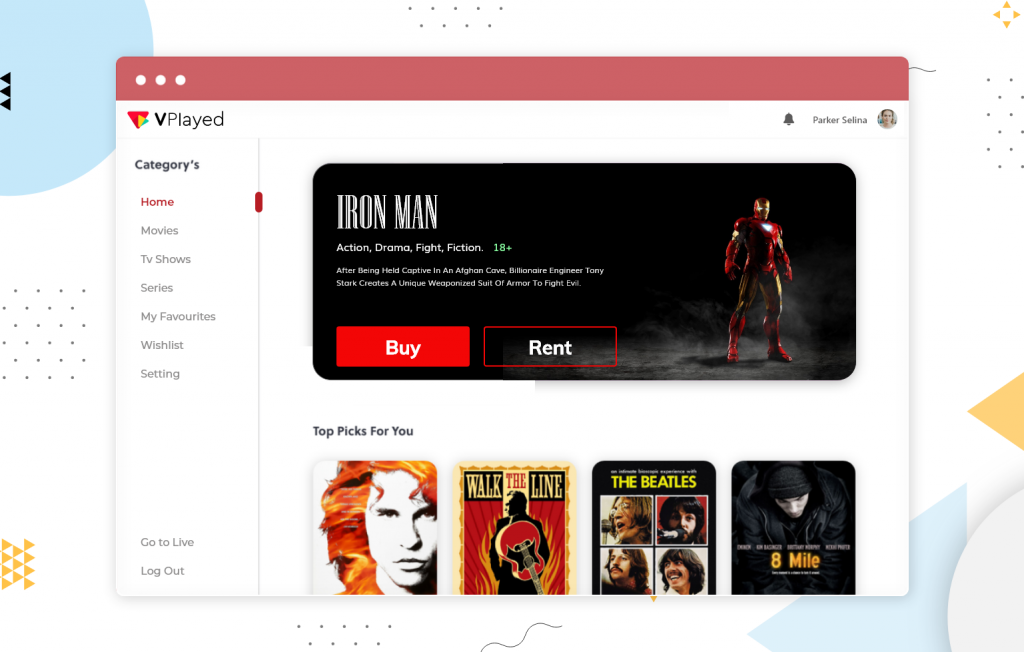
TVOD is stands for transactional video on demand. A video on demand service that allows you to purchase content on a pay-per-view basis.
If you’ve booked for a live show being streamed online, a DIY class, or workshops, you’ve already experienced TVOD.
TVOD is short for Transactional Video on Demand which charges its users based on a pay-per-view system.
This content is usually unique and not available elsewhere on the internet. Many artists and professionals use this to monetize their video content.
Advertising Video On Demand (AVOD)
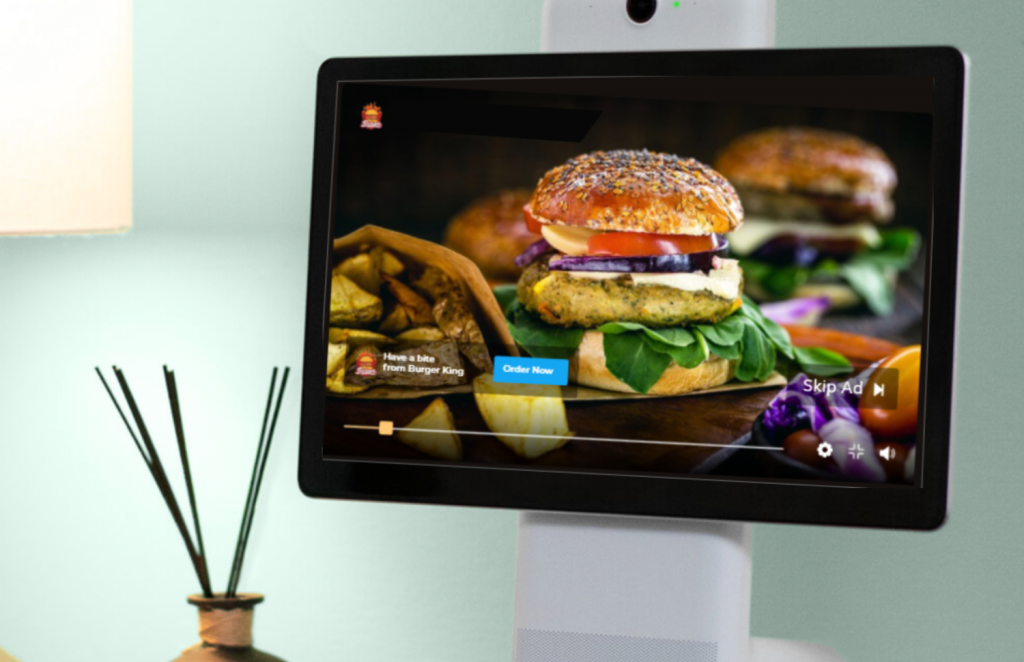
What is AVOD? A prominent example for Advertising Video on Demand (AVOD) is YouTube. You get to see videos under the stipulation that sponsored ads are part of the experience.
Other than this, you’ll not require to spend any money unless you opt for an ad-free experience. It helps broadcasters to earn money without the hassle of dealing with subscriptions or paywalls.
OTT vs. VOD: What Is the Difference?
OTT and VOD represent distinct facets of digital content delivery. OTT employs internet transmission for private live broadcasts, while VOD utilizes diverse mediums, including cables and satellites.
Unlike OTT’s emphasis on live content, VOD focuses on pre-recorded videos. Understanding these differences is crucial for businesses and content creators.
It gives them a chance to understand their audience better and create content accordingly.
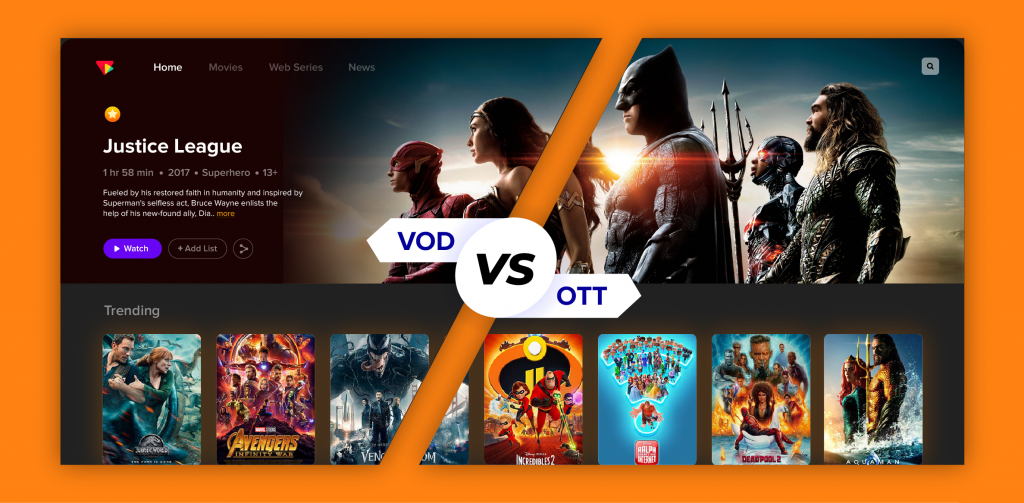
Wait, OTT Vs VOD aren’t the same?
Certainly, they stand as unique streaming services. OTT, commonly known as Over-The-Top, delivers data via the Internet, providing exclusive live broadcasting experiences to users.
Conversely, VOD, which stands for Video on Demand, employs a range of mediums such as cables, satellites, and the Internet for data transmission.
Unlike prioritizing live broadcasts, VODs primarily showcase a rich array of pre-recorded videos.
The terms OTT and VOD have been used interchangeably to the point where differentiation has become challenging.
Some OTT applications and video-on-demand platforms seamlessly transition between the two, leaving us somewhat disoriented in the process.
It is important to note that both technologies are currently under constant development and are increasingly merging as many streaming companies combine the best of both worlds .
OTT vs VOD Streaming: 4 Key Differences
| Over-the-top Or OTT | Video On Demand Or VOD |
| 1.This type of broadcasting uses the internet or satellite/cable services to transmit curated content.. 2.Online live events, sports, seminars, etc., are showcased using an OTT app. 3.OTT describes the distribution model where video content is delivered via the internet4.The best part about OTT is that its offerings are focused on consumer-facing media services. | 1.As the name suggests, it is available on-demand and allows viewers to watch playbacks anytime. 2.Real-time relays are not part of VOD unless they are packaged as on-demand content after live streaming. 3.VOD describes the consumption model where video is accessed as and when requested.4.VOD is applicable across various industries and sectors. |
The above factors are key indicators that set differences and are found beneficial since television broadcasting is quickly becoming obsolete.
Furthermore, it is a perfect takeaway for several content broadcasters.
We can say this without any doubt because it allows your customers to watch videos at their preferred conveniences, on multiple devices, free or paid, etc
_______________________________________________________________
✨Read Also: Everything You Need to Know About VOD App Development ✨
_________________________________________________________________
The Future Of Online Video Is OTT And VOD
With more consumers moving towards OTT versus VOD live streaming benefits, the industry has seen a drastic increase in traffic.
The integration of Live to VOD platform has further revolutionized this space by enabling users to revisit live events at their convenience, blending the immediacy of live streaming with the flexibility of on-demand content.
As I mentioned earlier, consumers love to control what they watch and when they watch content making this one of the best industries to invest in.
OTT and VOD app are not just used for entertainment purposes but as the go-to online video education platform and other professional institutions to train their personnel and offer services.
As a bonus, VOD and OTT platforms are inexpensive ways to broadcast content in comparison to traditional broadcasting.
Closing Thoughts: Does It Really Differentiate Big Between The Two?
Understanding OTT vs VOD is not as important unless you’re in the video monetization platform industry. Most video-on-demand software work interchangeably.
If you want to differentiate your service, then ask this question: Is your online content not accessible at any time? Is it pre-scheduled like a live stream?
Then you can use OTT instead of VOD. Use a term that best resonates with your customers.
Footer- Request Demo Book a Live, Personalized Demo
- Contact Sales Reach Out to Our OTT Experts
Frequently Asked Questions (FAQ)
OTT delivers video and audio over the internet, including shows, podcasts, and concerts. VOD lets users choose and watch videos anytime. Netflix is an OTT platform, while personal libraries or downloads fall under VOD.
VOD platforms let users access videos instantly without broadcast constraints. Your content is always online, accessible worldwide, and you can reach global audiences using multi-lingual subtitles, making it highly scalable for content creators and media businesses.
Start with a niche, get streaming rights, define your revenue model, and build a cross-device platform. Increase visibility through marketing. Prioritize UX, offer varied content, and understand audience preferences to ensure long-term success.
OTT helps meet changing viewer habits. With rising demand for exclusive content, it enables businesses to stay competitive by catering to increasing consumer needs, expanding reach, and offering value through personalized and dynamic viewing experiences.
Revenue depends on your audience, content type, and goals. Analyze market trends and viewer behavior to choose the right model; be it subscription, pay-per-view, ads, or hybrid—for consistent growth and engagement.
